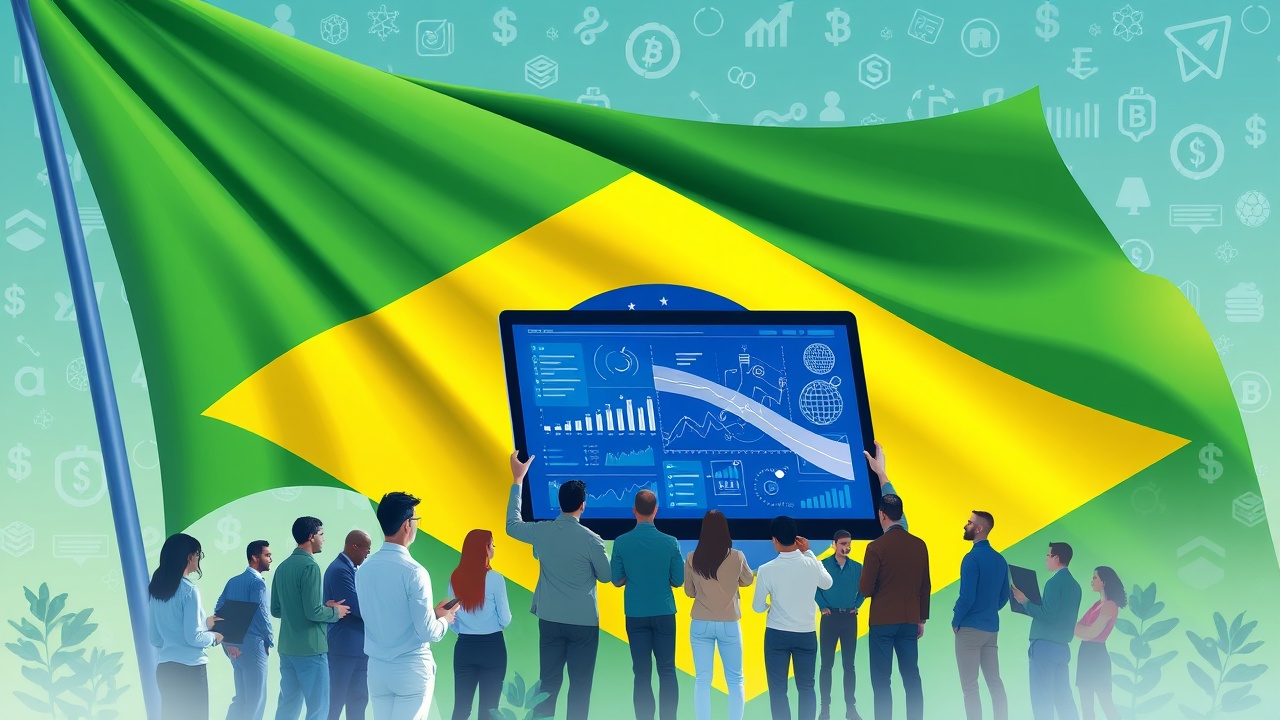Central Bank of Brazil’s Overhaul of Digital Asset Accounting
The Central Bank of Brazil is gearing up for a significant overhaul of its accounting framework concerning digital assets owned by businesses. A fresh proposal is set to be shared with the public, aiming to clarify how digital assets—those created by companies themselves, received in transactions, or held in custody—should be recorded. This shift comes amidst a growing international trend where various nations are revisiting accounting processes for digital assets as more financial entities begin to adopt them.
New Regulatory Proposal
The new regulatory proposal introduces specific guidelines that categorize digital assets based on their acquisition methods. Under these provisions, firms must initially assess assets at their purchase price. However, they will also need to adjust these valuations regularly—at least once a month—applying fair market value to report any gains or losses under the appropriate revenue or expense categories.
Specific Guidelines for Digital Assets
Particularly, this updated framework will extend to assets acquired through validation services, such as those earned via staking, as well as assets obtained as rewards through airdrops. Furthermore, for digital assets issued by financial institutions, the rules will vary. If these assets promise rewards, they will be considered liabilities and thus subject to financial instrument regulations.
Custody Services and Fair Value Recording
Moreover, institutions offering custody services for digital assets must record them at their fair value and perform monthly reassessments to reflect market conditions accurately.
Public Consultation Process
The public can engage with this consultation process beginning August 24, allowing stakeholders to provide feedback that could shape the finalized regulations. Earlier this year, the Central Bank also initiated discussions regarding the regulatory framework for Virtual Assets Service Providers (VASPs) and stablecoins, indicating a broader initiative to adapt to the burgeoning digital economy.




